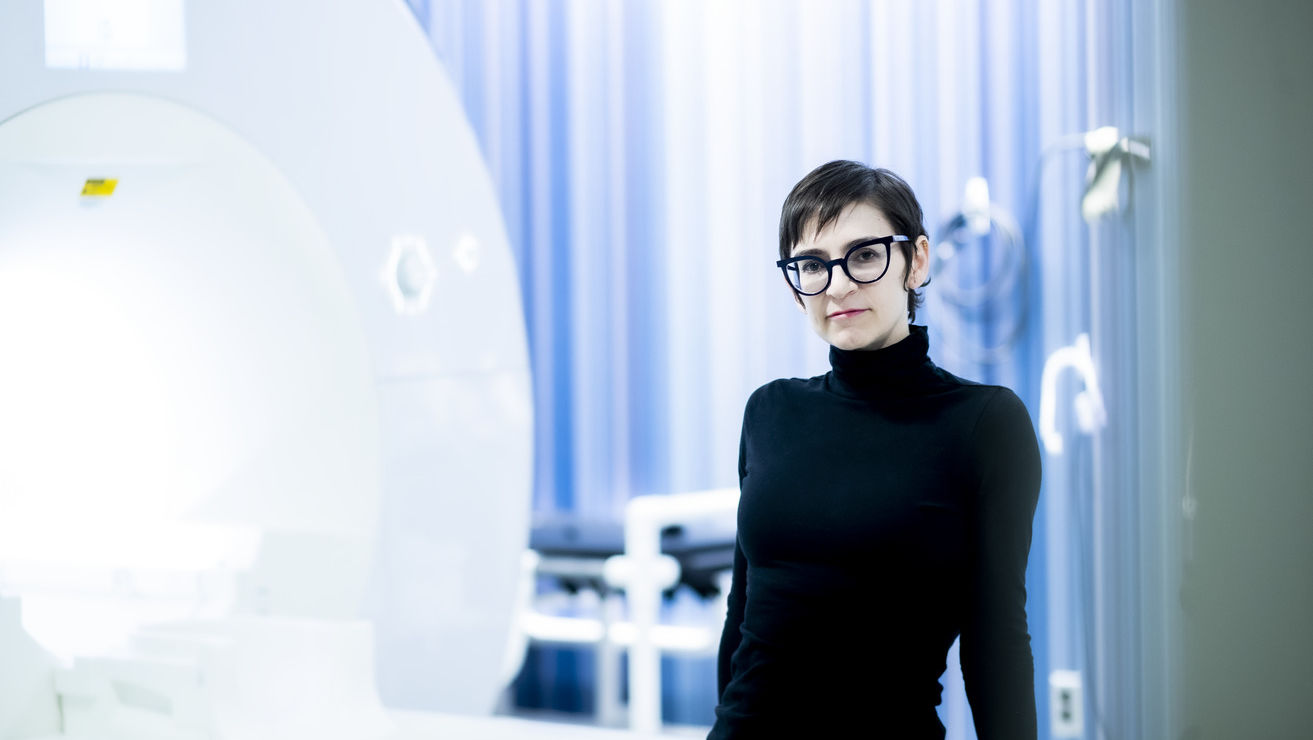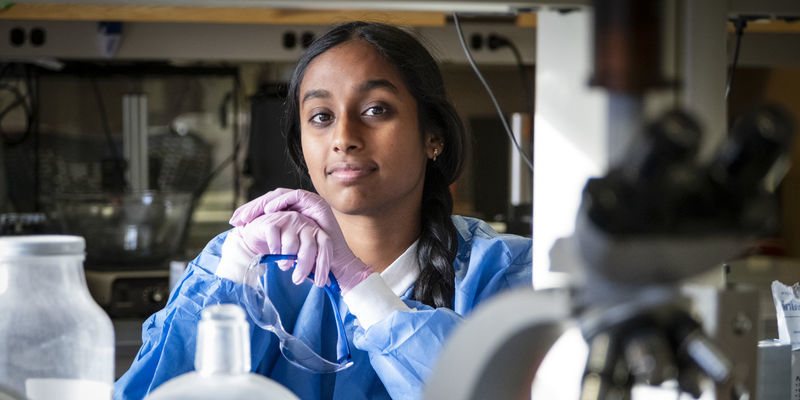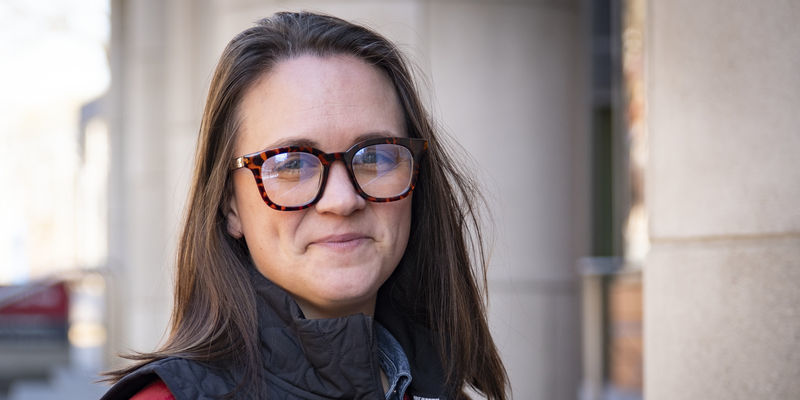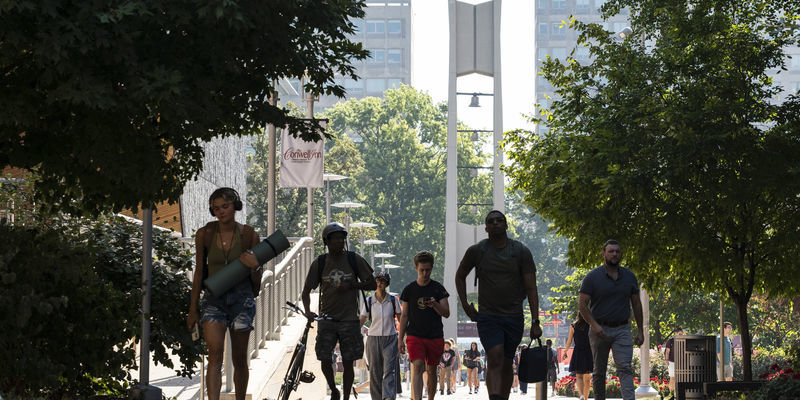Swipe left or right: New study examines social anxiety in adolescents
Assistant Professor of Psychology and Neuroscience Johanna Jarcho and her team will use neuroimaging to see how adolescents respond to peer feedback, aiming to find a potential new treatment for social anxiety.

In the age of social media, judgment from our peers has become increasingly prevalent. At the swipe of a finger, a person can reveal whether they accept or reject you. And this response can be a source of stress for some.
The third most common mental health disorder, social anxiety typically develops during adolescence, with 90% of cases occurring before the age of 23. Symptoms rise dramatically in early adolescence and often wax and wane over time. When the illness persists into mid-adolescence, there’s increased severity and greater risk for other mental health problems. Treatment primarily focuses on repeatedly exposing children to the contexts they fear, rarely resulting in full recovery.
Now the National Institute of Mental Health has awarded a grant of more than $3.7 million to Assistant Professor of Psychology and Neuroscience Johanna Jarcho and her team, who are targeting a novel system to potentially identify another mechanism for treatment: memory. The researchers will conduct neuroimaging at the Temple University Brain Research and Imaging Center (TUBRIC) to examine how socially anxious participants’ brains process and (mis)remember peer feedback.
“Memory is interesting because it’s not exact,” said Jarcho. “We’re not tape recorders playing back what happened. Memory is super malleable. If we can figure out the mechanisms that harness that malleability in a positive way in the context of therapy, this can be another way to treat people with social anxiety.”
A previous study from Jarcho’s Social Developmental Neuroscience Lab found that individuals without social anxiety remembered peer feedback as more positive than it actually was, while those with social anxiety had the opposite result.
“This finding sparked the research we’re doing now in which we’re looking at brain function and trying to decipher if the brain has a certain neural signature when you tend to have a negativity bias versus a positivity bias and if that then predicts your symptom trajectory across time,” said Jarcho.
In this new study, adolescents will have their photos rated by a group of peers, who will swipe right or left to indicate whether they like or dislike them. The researchers will then look at the adolescents’ brains in response to this peer feedback using functional MRI. The team will test for true and false memory by asking adolescents to recall whether they received positive or negative evaluations.
The researchers will also examine dopamine system function through neuroimaging, specifically measuring neuromelanin—a dark pigment that’s a byproduct of dopamine breaking down in the system. This marks one of the first studies looking at dopamine system function related to memory processes, particularly for social anxiety.
“People often think of dopamine as being associated with reward processing, but a lot of data suggests it plays an important role in learning and memory as well,” explained Jarcho. “Several changes in the dopamine system occur during adolescence that we think enable people to start forming these more general representations of the social world that might lead to memory biases.”
In addition to Jarcho, the team includes co-investigators Philip Kendall, Vishnu Murty, Thomas Olino and Ingrid Olson.
TUBRIC is a state-of-the-art facility housing significant equipment for neuroimaging research, including MRI, electroencephalography (EEG) and brain stimulation. It also features a Siemens PRISMA scanner to inspect precise variation in brain tissue and structural connections in the brain and monitor changes in brain activity coinciding with various mental functions. Recently, TUBRIC received funds to conduct more interactive studies using eye-tracking to map relationships between attention and memory and audio recording to learn how speech affects memory.
“I wouldn’t be able to do this work without Temple’s resources,” said Jarcho. “The university is also such a great community where we’re able to study people from a lot of different backgrounds. And our department is incredibly interdisciplinary. The degree to which faculty from different areas communicates and works with one another has been extraordinary. I don’t know if you could get the same kind of interdisciplinarity at many other places. It’s a wonderful part of being at Temple.”
If you have a 9–13-year-old child who might be interested in contributing to this important work, please find more information here.


